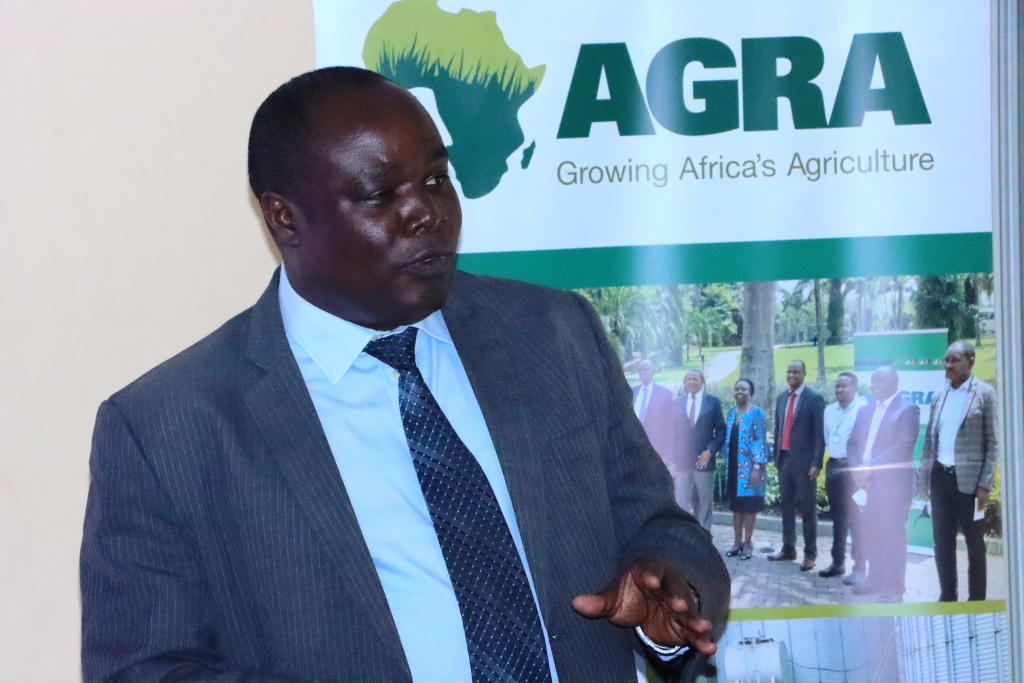By Prossy Nandudu
Promoters of grain trade have called for the creation of a strategy to increase foreign earnings from maize.
Maize trade at Ugandan borders is characterized with informal trade, poor quality usually dirty, broken kennels and sometimes contaminated with aflatoxins, affecting the final price on the market, according to grain traders.
Information from the Ministry of Finance Planning and Economic Development shows maize exports increased from $4.34 million in November 2022 to $20.48 million in December 2022.
Speaking at a breakfast meeting, organized by the Grain Council of Uganda recently, Dr Godfrey Asea, a maize expert and director of the National Crop Resources Research Institute (NaCRRI) said 80% of maize grain currently traded informally an issue that is costing the country a lot of money.
“I received a grain market report two weeks ago which shows that maize is becoming the second income earner for the country next to coffee. Maize fetched around $35m. If we turned 80% of the informal grain to formal, we can do more than coffee,” said Asea.
To turn around the informal maize trade to formal, Asea called for the creation of a strategy to guide and enforce standards in maize production along the value chain, just as it is for coffee and more recently rice.
According to Asea, ensuring quality and formal maize trade will help Uganda to attract more foreign incomes especially now, with the coming on board of the African Continental Free Trade Area (AfCFTA).
AfCFTA) brings together 1.3 billion people across 55 countries with a combined gross domestic product (GDP) valued at US$3.4 trillion.
“There is olot of opportunity, the market is everywhere and Uganda happens to be one of the few countries in eastern Africa with a surplus of maize, other countries are net importers.so we have a comparative advantage for maize, Asea said. Asea also noted that less usage of quality seed, unstructured grain markets adding that this has created room for Kenyan markets to go into farmer’s gardens in districts in eastern, region, then Masindi among other challenges.Ends






